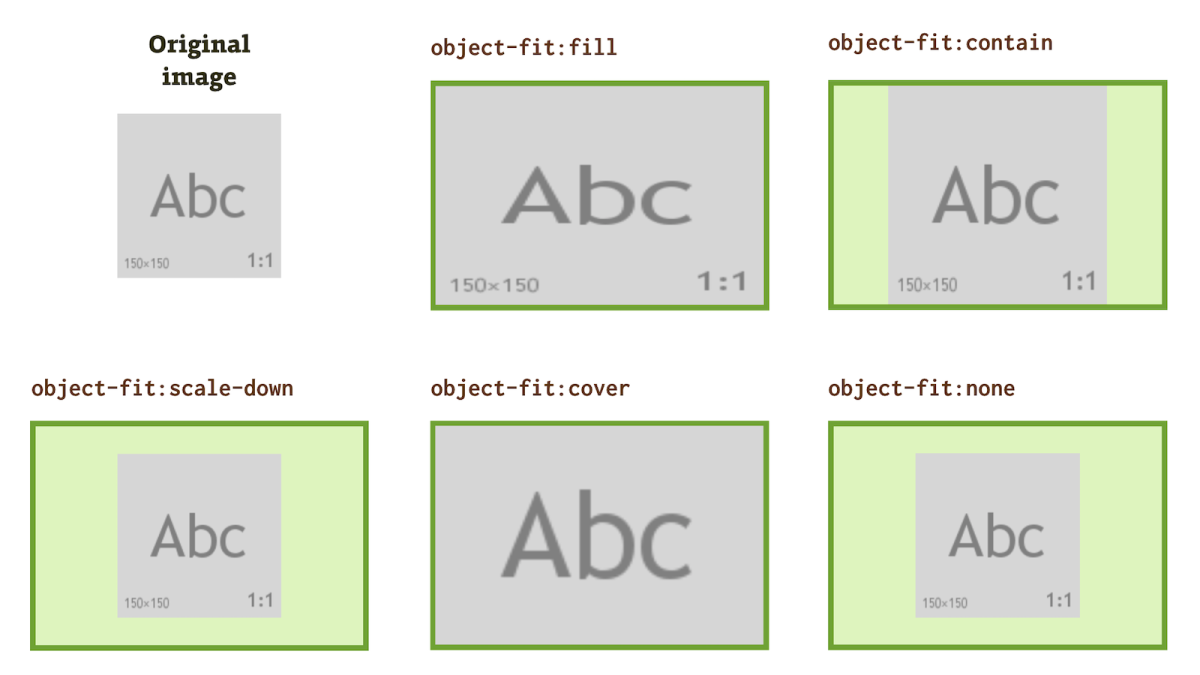The properties object-fit and object-position are used to specify the size and position of external media inserted into HTML, mainly the images within the <img> tag, but also the content of the <video>, <iframe>, or <embed> elements.
The properties are not supported by Internet Explorer, therefore they are more useful for projects where it’s not that important.
object-fit and object-position can be viewed as parallel to the image properties background-size and background-position. Only that these are intended for elements inserted directly into HTML.



